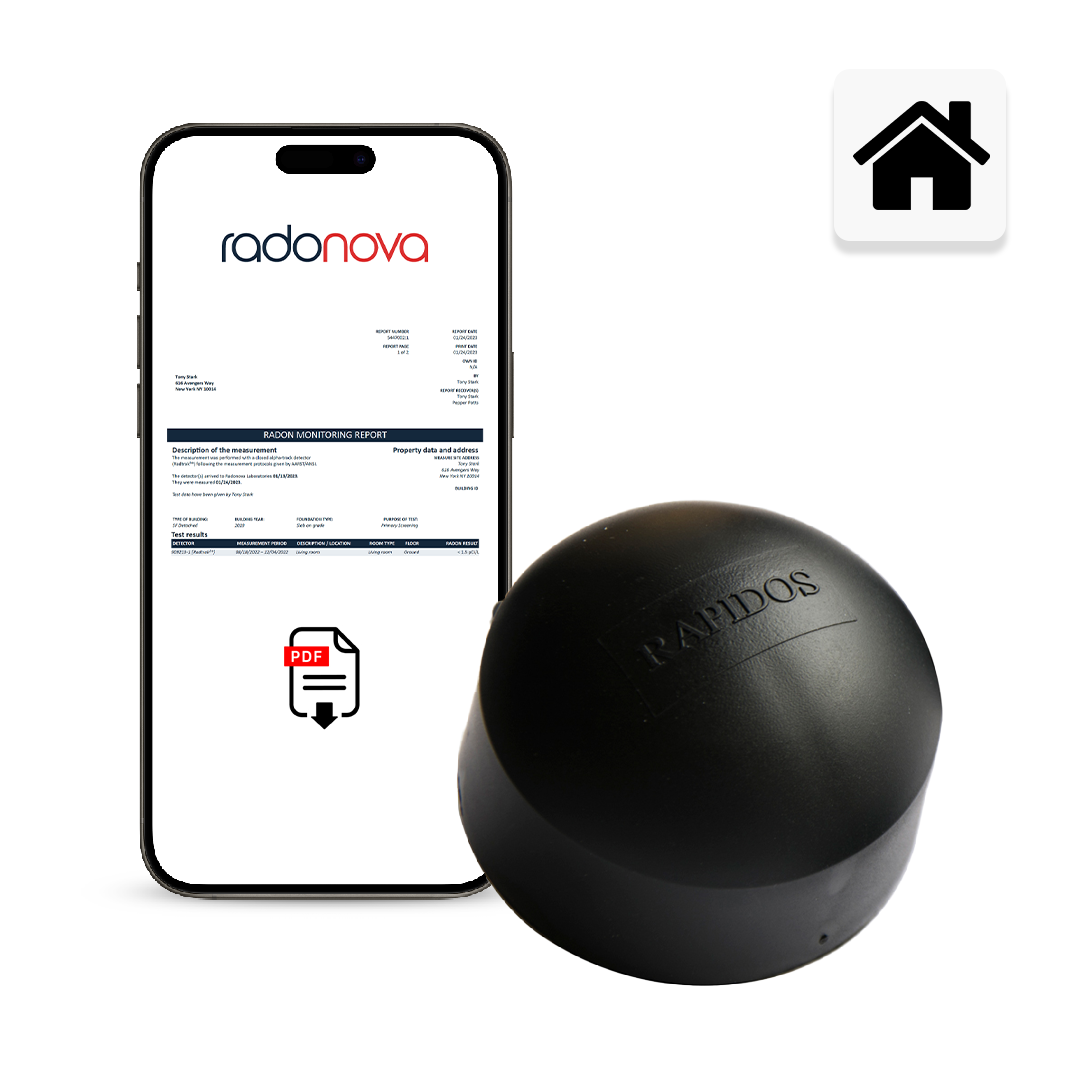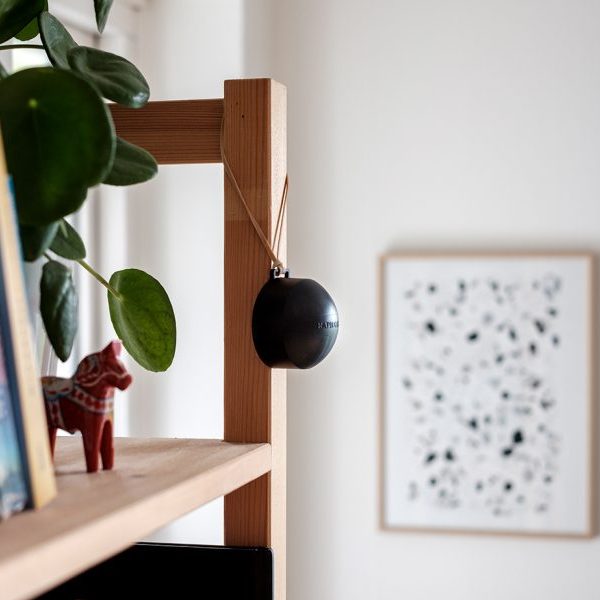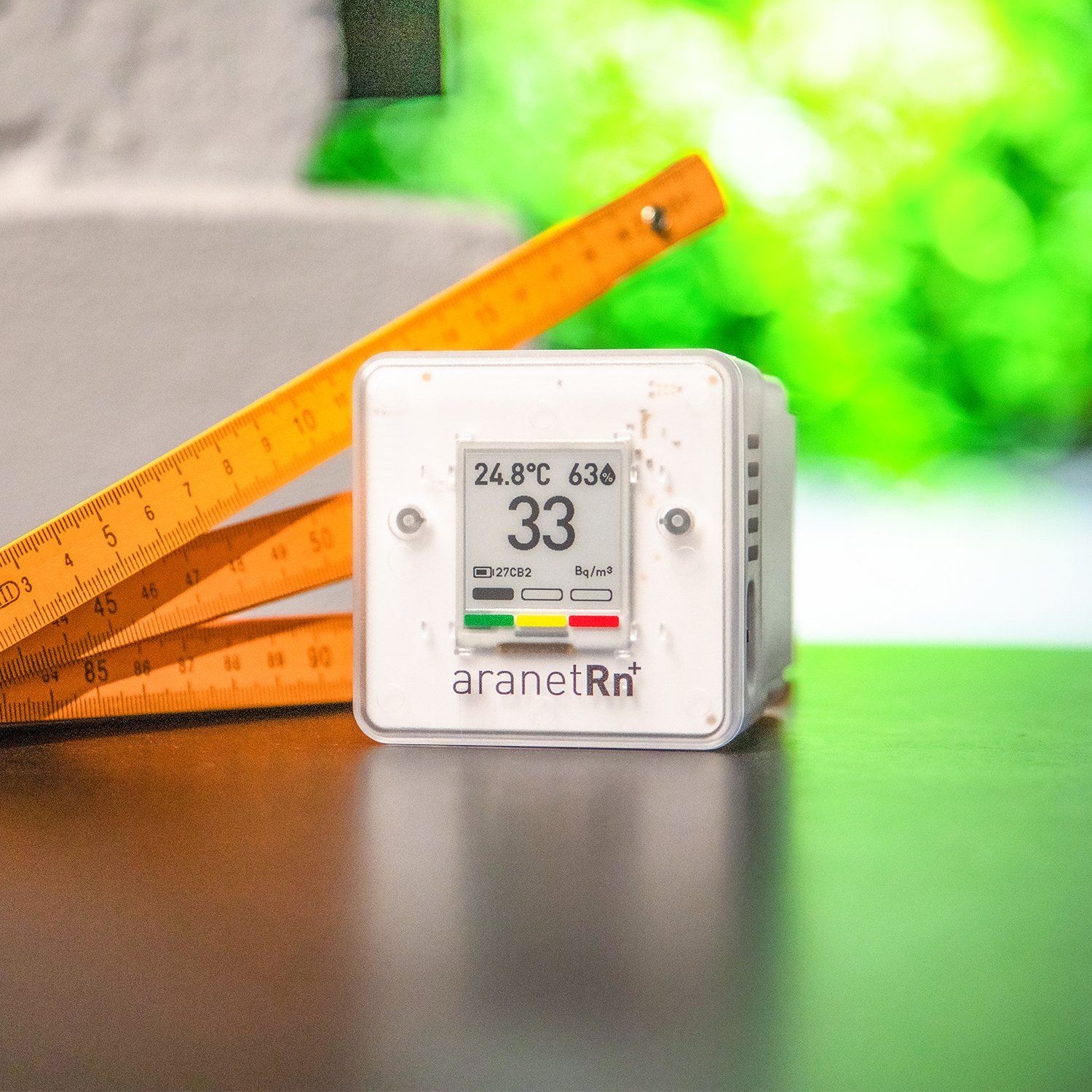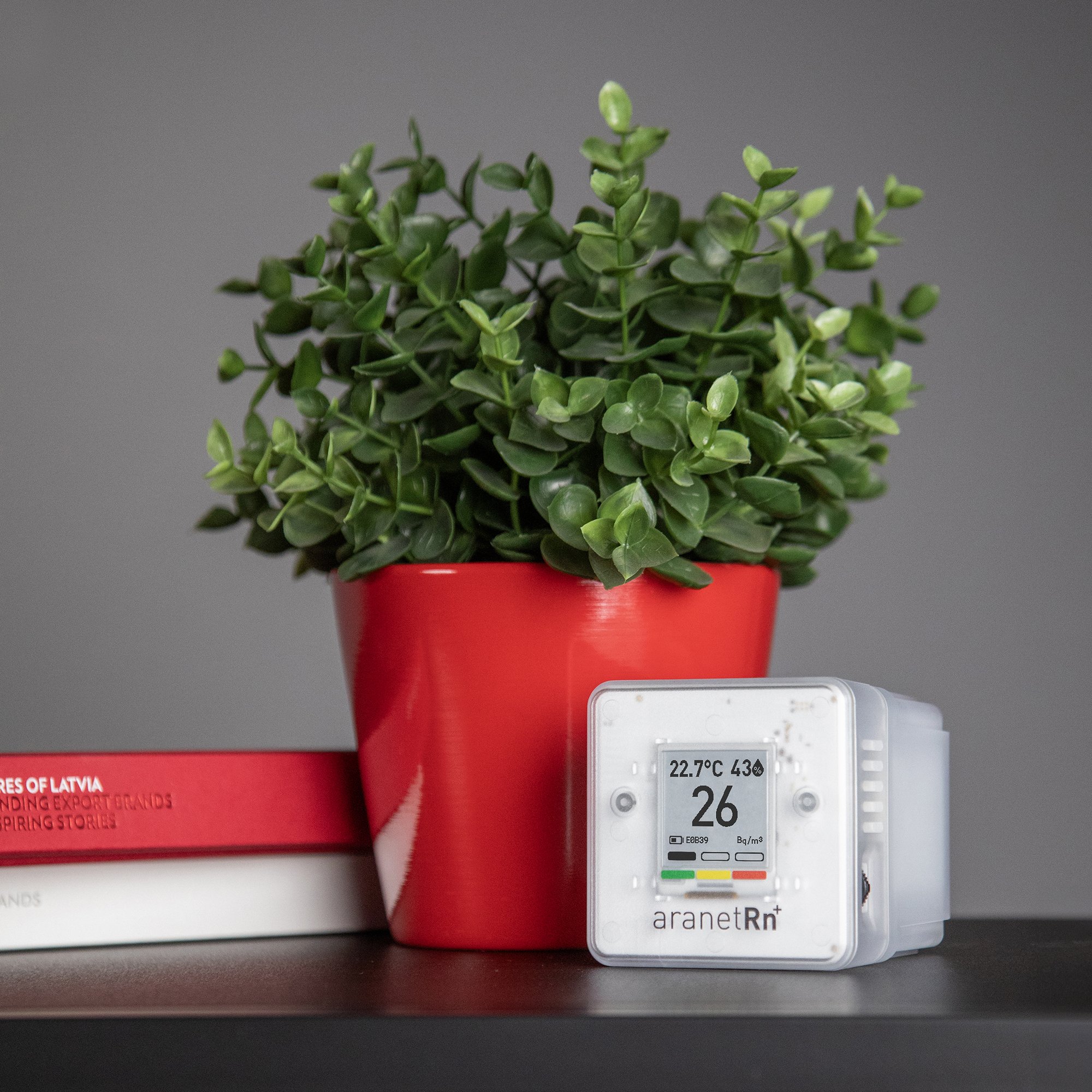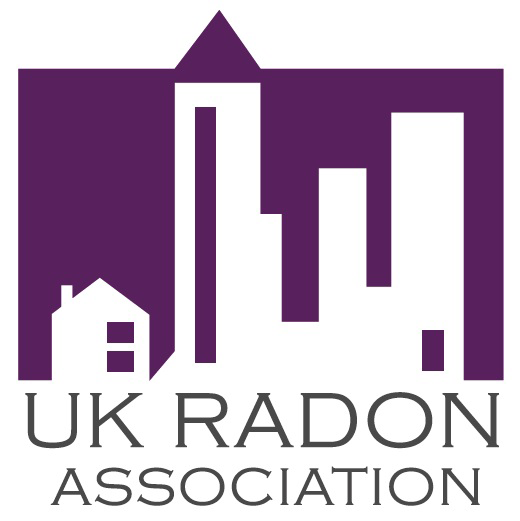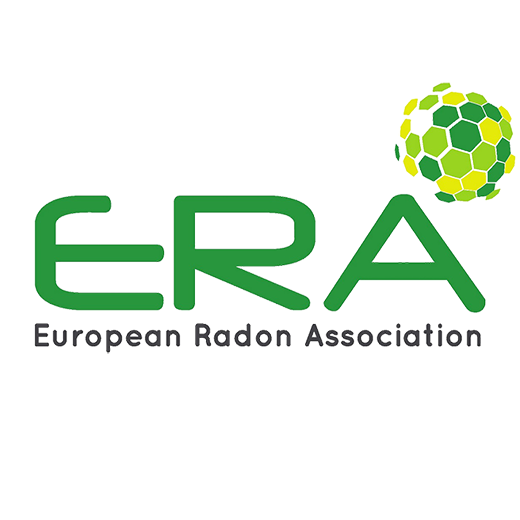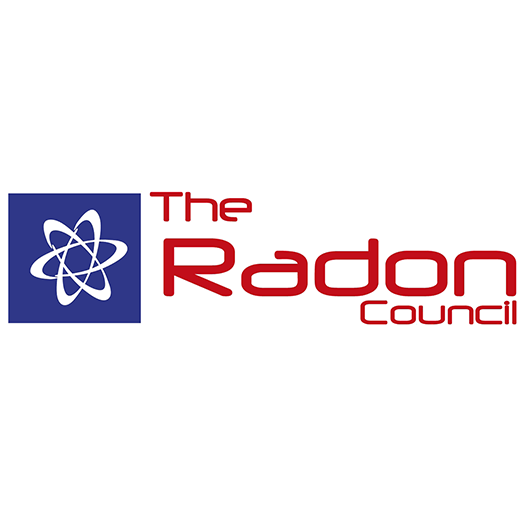-
Sale!
Radtrak³®: home radon testing kits
Select options This product has multiple variants. The options may be chosen on the product page -
Rapidos®: short-term home radon testing kits
Select options This product has multiple variants. The options may be chosen on the product page -
Aranet Radon Plus: digital radon monitor for homes
Add to basket
Home radon testing, made simple
Radonova has tested over 400,000 homes for radon – more than any laboratory in Europe. We offer:
- Options for both long and short-term home radon testing
- Analysis from our ISO17025 accredited laboratory
- Test kit delivery within 2-3 days
- Analysis and report within two weeks
- Measurement results online with the option to export data
- Full telephone support
Flats and apartment buildings
Radon testing should be conducted in blocks of flats or apartment buildings as follows:
- All flats or apartments with ground contact
- 20 percent of remaining flats or apartments in any given block
- At least one flat or apartment per block floor and per building entrance
- Flats or apartments next to lifts or ventilation shafts
- Basements (regardless of whether they are furnished or not)
- Note that each flat or apartment should be tested using at least two radon detectors
Housing association properties, multi-occupancy buildings, and rental accommodation
Landlords, local councils, and housing associations which manage property portfolios all have a responsibility for the health and welfare of their tenants. For rental property and multi-occupancy buildings, arranging radon measurements in a large number of properties or living spaces requires a number of decisions to be made and the process managed.
A single programme manager can run multi testing more efficiently with much greater control, regarding timescale and cost, as well as not relying on the varying commitments of local staff or tenants to arrange the tests. However it could be a significant amount of effort for one person to accomplish, and for workplaces and institutions (e.g. hospitals or student halls of residence), lack of local knowledge might impede choosing the right number of monitors and specific locations to test.
If you are considering arranging tests in all premises at the same time the best option may be to phase the programme over several months or even years. Ideally spread the workload – and prioritise detector testing by highest radon potential, or by sector. However delay in establishing radon levels may be questioned by the Regulatory authorities.
Establish who is responsible for the placement and retrieval of detectors as well as who is to receive the results and who is responsible for ensuring any appropriate follow-up actions are taken where remediation is required to meet Regulatory requirements.
Proper record keeping is important, not just for the original results, but also for noting the installation of any radon reduction systems together with maintenance dates and re-monitoring schedules.
Radon measurement programme co-ordinators must liaise with their Health and Safety (H&S) and Facilities colleagues as necessary. There is a programme co-ordinators must liaise with their Health and Safety (H&S) the appropriate regulatory authority for any premises with high radon levels. For homes this will be the Local Authority and for workplaces, the Health & Safety Executive (HSE) and the local Health & Safety Inspector.
Radonova has many years of experience in co-ordinating large radon measurement programmes for housing associations, local council housing, multi-occupancy residences and institutions plus other rental accommodation. Contact us for advice and planning guidance.
[activecampaign form=3 css=1]



